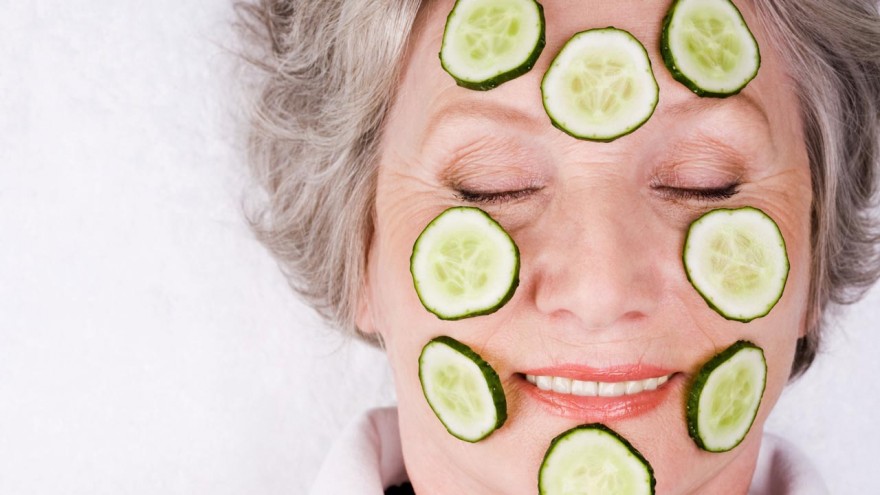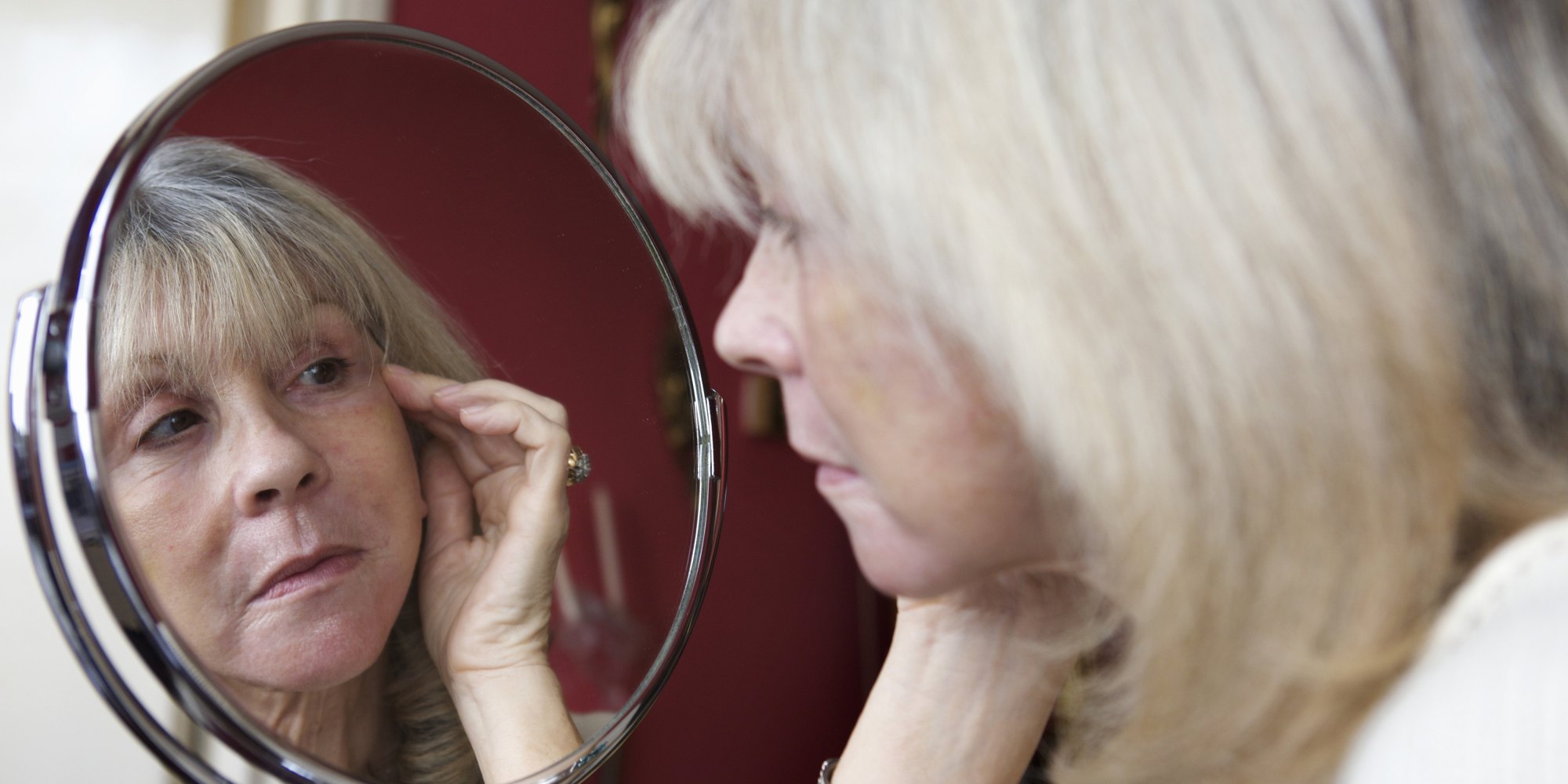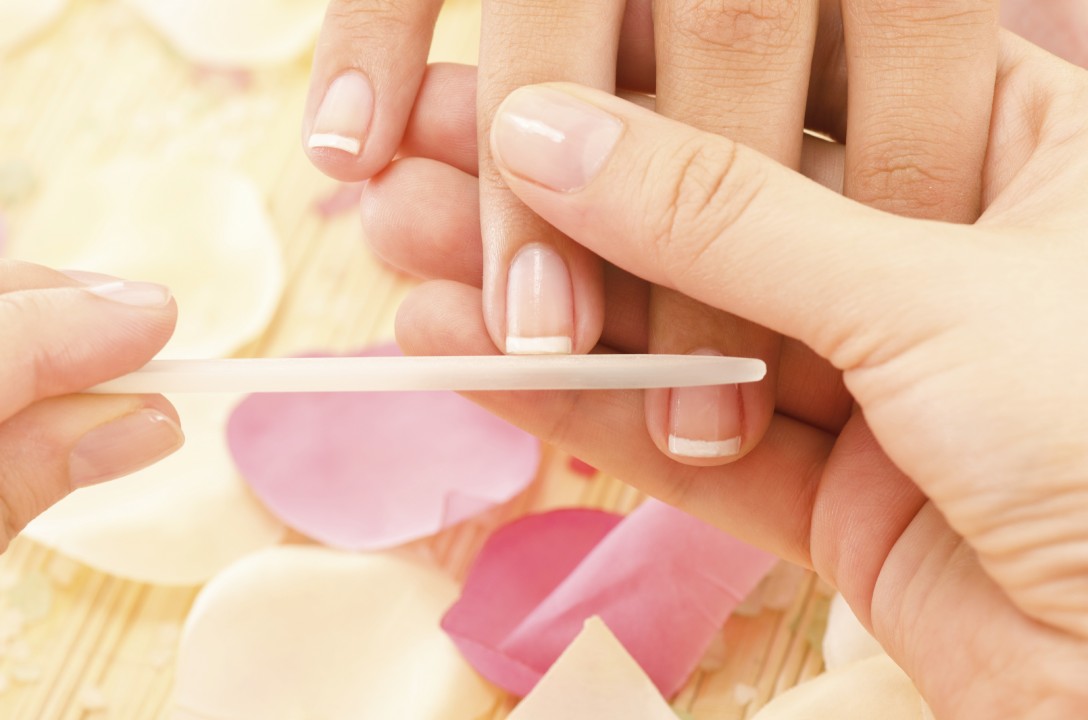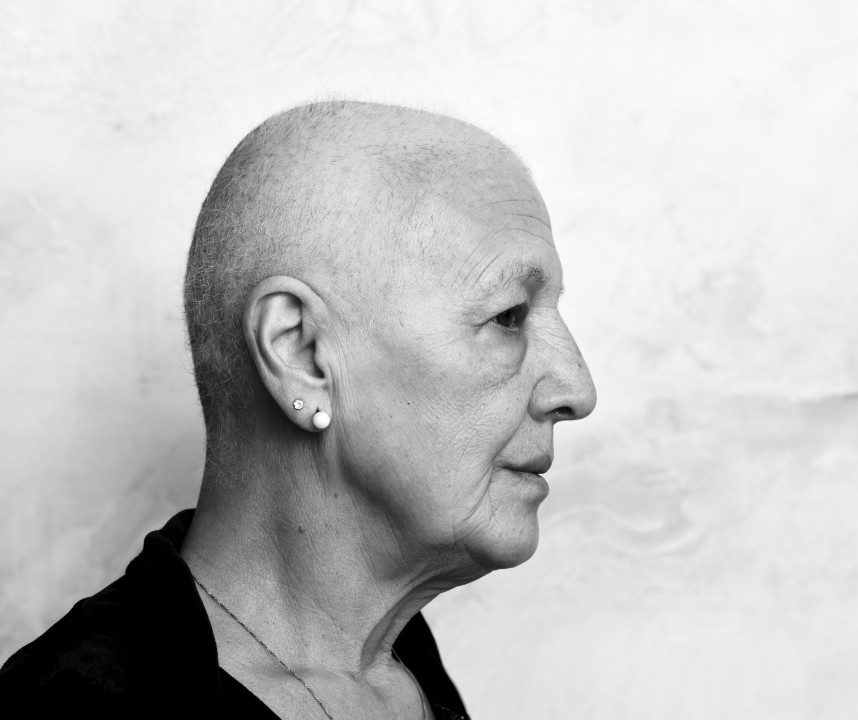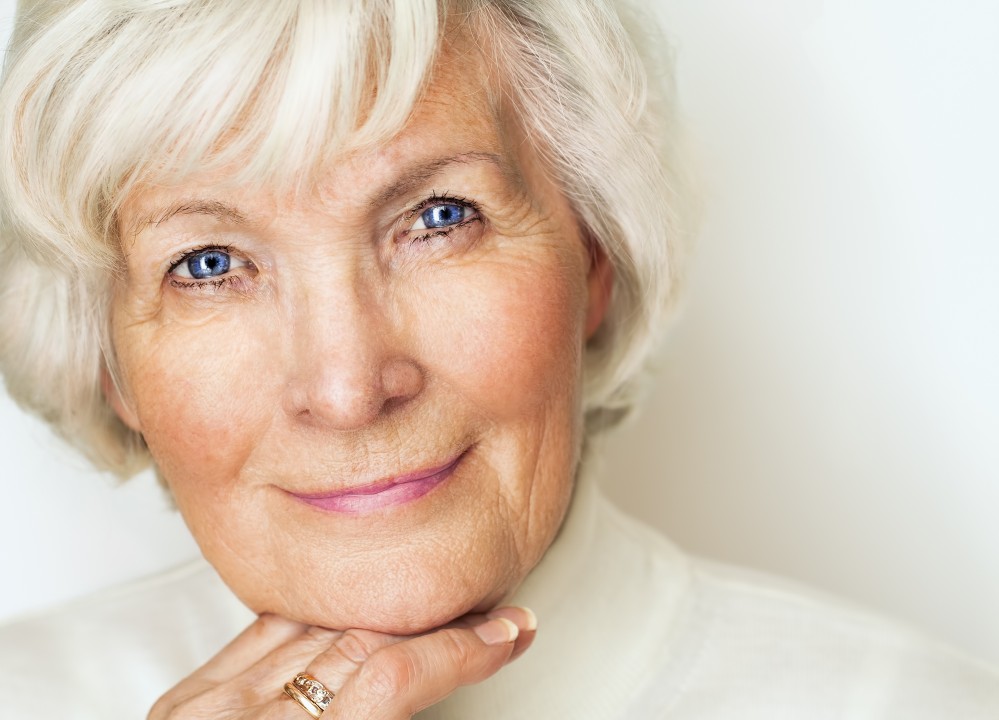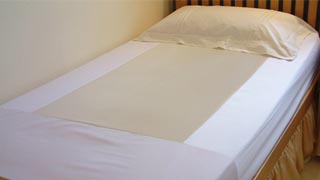Science of ageing skin explained
The skin’s ageing process
The main ageing process is not taking place in the top layers of skin (epidermis), but several millimeters below the surface in the dermisThe slow loss of dermal mass with age and the resulting, or concurrent loss of resiliency, structural integrity, as well as skin density, is the most obvious indicator of skin ageing. In addition, muscle atrophy and laxness will follow….in other words, saggy skin! In attempts to understand and ultimately affect the ravages of ageing upon skin, we must also deal with the acute and chronic hormonal changes, which occur in the lifetime of human skin.
Ageing skin is categorized into two parts – Intrinsic and Extrinsic.
Intrinsic Ageing
Every cell in the body has the genetic blue print stored in the DNA of the nucleus
This blue print will dictate the exact replication of the cell every time it divides, based on genes that are inherited from your family gene pool
Although genes govern a lot about your skin type, when it comes to ageing, genetic tendencies interact with lifestyle choices to determine how your skin will age
Telomeres are small segments of DNA, which coat the tips of chromosomes and are an important part of the inherited aspect of ageing
Telomeres have been compared with the plastic tips on shoe laces, because they prevent chromosomes ends from fraying and sticking to each other, which would scramble an organism’s genetic information to cause cancer, other diseases and death
These telomeres are critical in cell positioning, accuracy of replication and structural integrity. After some 80 cell divisions, the telomere becomes so short that the cells stop dividing and the cell enters a state of senescence (alive, but distorted)
This process is associated with ageing, cancer and a higher risk of death. So telomeres have also been compared to a bomb fuse! The shortening of our telomeres appears to be the cellular clock which determines the number of times our cells divide, which in turn appears to control the ageing of our cells
Telomerase is an enzyme, which repairs damaged Telomeres and has been referred to as the secret to cell immortality Telomerase can reset telomeres back to their youthful lengths
It is known that most human cells stop making Telomerase early in life (apart from sperm and eggs), therefore creating the biological time bomb that leads to our limited lifespan. This whole process is genetic. The type and life of your telomeres is inherited and out of your control
It is ironic that the only immortal cell is a cancer cell and that brings an end to our life. The reason cancer cells divide forever and do not become senescent is that they contain Telomerase
Extrinsic Ageing
Wrinkles are one end result of an aged skin.The main environmental factor which accelerates human skin ageing is UV radiation from the sun.Sun-induced ageing is called “Photo-ageing” and it is a cumulative process that depends on the degree of sun exposure and skin type. Photo-ageing can be influenced further by other extrinsic factors such as smoking, excess alcohol and poor nutrition. Smoking is bad for the skin, as it interferes with the blood flow to the capillaries and so diminishes the health and function of the skin. Smoking also enhances an enzyme in the skin called Matrix Metalloproteinase, which results in collagen breakdown and diminished collagen production,the effect causes wrinkles and loss of elasticity, Smokers often have quite loose stretchy skin. No amount of anti-ageing ingredients will undo skin damage caused by cigarettes.
Changes the elderly see in their skin
- Intrinsically-aged skin is smooth and generally unblemished, with expression lines on the skin, but generally well-preserved Under a microscope, you will see more signs of ageing, which includes some surface skin degeneration, as well as a breakdown of dermal tissue
- Extrinsically-aged skin (such as the skin on your face, hands, neck and chest) is wrinkled, sallow in colour and has some hyper and hypo-pigmentation Skin may also show a loss of tone and elasticity, look more fragile and have more broken capillaries Under the microscope, extrinsic ageing is evident in the collagen and elastin, which is thick and damaged
- Wrinkles are basically depressions in the skin’s surface, which may be coarse or fine, depending on the depth Deep set wrinkles are described as expression lines and often appear on the forehead, outer corners of the eyes and as vertical lines on the side of the mouth Fine lines are much shallower and also appear in areas of facial movement, e.g. eyes, mouth and upper lip Wrinkles occur as a result of a reduction in muscle mass and skin thickness, cross-linking of collagen and elastin and dehydration of the top layer of skin
- Skin Discoloration Changes in skin colour are often associated with an ageing skin. When we see an increase in yellow coloration in aged skin, it is a result of a decrease in brown melanin pigment, along with a decline in red and blue coloured capillaries In the case of cigarette smokers, the toxins cause a breakdown of elastin that also contributes to the yellow colour of the skin.
The Breakdown of Collagen and Elastin
The majority of changes which occur in our skin will happen in the dermis, which can lose 20 – 80 % of its thickness as we age
Not only is collagen and elastin produced at a slower rate, which impacts the skin’s ability to repair itself, but the organization of the proteins also change and affects the structure
Changes in elastin fibres are so characteristic in photo-aged skin that the condition is known as elastosis and is a hallmark of sun-damaged skin. This is seen as loose skin that takes longer to assume its original position when pulled
Dehydration
The loss of hyaluronic acid, along with a reduced barrier layer on the surface of the skin, is the likely cause of dehydration and the loss of turgidity and fullness, which will add to an aged appearance
Cell Turnover Slows
Many of the noticeable signs of ageing can be attributed to a slowdown in cell renewal rates and cell turnover time
Studies show that epidermal turnover rate slows from 30 – 50 % between our thirties and eighties! This slowdown can account for a dull, rough skin surface in a maturing skin.
The Loss of Fat
There is a loss of fat in the facial structure as we get older, which contributes to hollows under the eyes and a lack of cushioning over the skull. In this fatty layer, the total number of fat cells declines, but they annoyingly accumulate in certain areas, resulting in bags under the eyes, double chins and bigger ear lobes!
The Biochemical Reactions that cause Skin Ageing
Scientists attribute the majority of the structural changes in an ageing skin to UV exposure. It has only been in recent years that they have come to understand the actual biochemical triggers that instigate these changes. These are chemical reactions that occur within the skin and include:
- Generation of free radicals, also known as reactive oxygen species, UV light, oxygen and pollutants, will generate free radicals from stable molecules
- Glycation leading to advanced glycation end-products (AGEs). When sugar comes in contact with a protein (such as Collagen), it immediately reacts. This generates free radicals, which leads to a cross-linking of collagen and inflammation. This inflammation inhibits skin cell growth and contributes to the cross-linking of collagen
- Activation of matrix metalloproteinases (MMPs) with a subsequent decline in collagen biosynthesis. MMPs play a role in maintaining a healthy dermis by removing damaged collagen and elastin (allowing space for new healthy fibres). This is also a critical part in wound healing. UV radiation activates large amounts of MMP’s, when this happens these MMPs (collagenase and elastase) begin to break down the very fibres they were designed to care for and will contributes to a breakdown of the dermal matrix and cross linking of collagen, wrinkles and stiffening of the skin
Now we have covered the basics of how we age, you’re probably feeling a little depressed? Well it’s not all doom and gloom! There is much we can do to prevent and treat ageing in a realistic way, including effective skincare and healthy living
Julia is a leading holistic skin therapist who combines high tech treatments and skincare with an in depth knowledge of nutrition and natural therapies.
She draws upon her 15 years of experience and training to visibly improve her client’s skin conditions and believes in a preventative approach to anti-ageing. Julia’s philosophy is that “all skins can be measurably improved”. www.juliahart.co.uk


